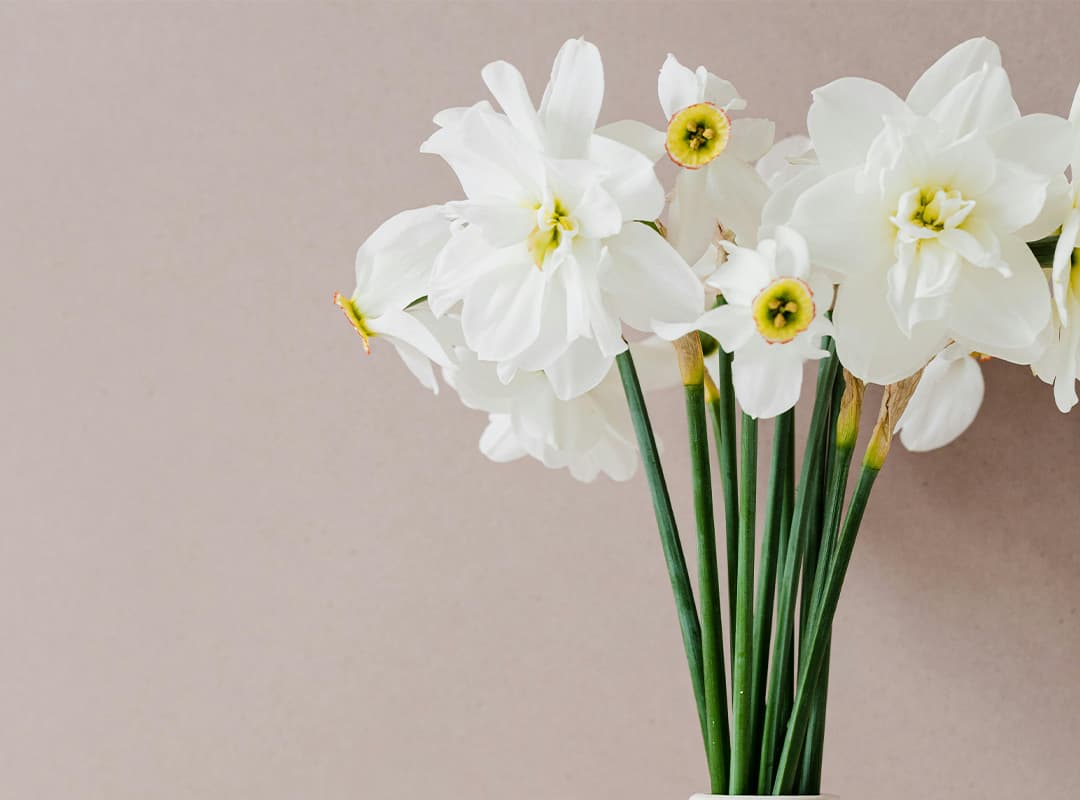
The first sign of spring for many is often the appearance of daffodils. They usually arrive around the end of February, and are often considered harbingers of spring. Bulbs are quite hardy, which helps them survive the cold winter months.
The official name of the narcissus is Narcissus, and the word “narcissus” itself is usually used to describe varieties of narcissus that have a tube. There are more than 13,000 different known varieties of daffodils, many of which are not the stereotypical yellow flowers, but actually have a reddish to pink color with a beautiful fragrance. All species are beautiful in their mass or just as good in a cut for indoor flower compositions. Usually they bloom for six weeks, after which their flowers die. Green foliage will remain behind, and it should be cut only when it begins to wither and turn yellow. From this foliage, the bulb receives energy to prepare for the rest period before regrowth next year. If the bulb is not touched, it will continue to bloom hour after hour.
Daffodil bulbs should be planted in autumn, preferably in September, but as long as the ground is not frozen, you can plant in December. Choose a dry day to start planting the bulbs and prepare the ground by digging up the soil to create a shallow plow.
Fertilizing daffodils will strengthen the roots and grow larger, which will improve root growth and help feed the plant during the winter.
Daffodil bulbs should now be readily available and are a cost-effective way to add some spring color to your garden and container pots. Choose firm, plump bulbs, avoiding any with signs of mold.
Planting daffodils in itself is a quick process, make sure you place them roots down and into soil three times the depth of the bulb. Replace the soil and compact it slightly with your hand or rake. If possible, do not stand on newly planted soil so as not to accidentally damage the bulbs.
For more information on planting bulbs:
- Planting bulbs in containers. Choose heavy pots with drainage holes and place shards in the bottom for extra drainage and less compaction. Use bulb compost as it has the best texture and nutrients for bulbs. A plant with an upper growth point that is slightly above the soil level. Check the watering and make sure that it does not overflow;
- Planting bulbs in borders. Plant in shallow holes where the growth point is barely visible above the soil level. After flowering, allow the leaves to die back naturally, as this allows the accumulation of carbohydrate reserves and the natural division of the bulbs. This will ensure healthy flowering next spring.